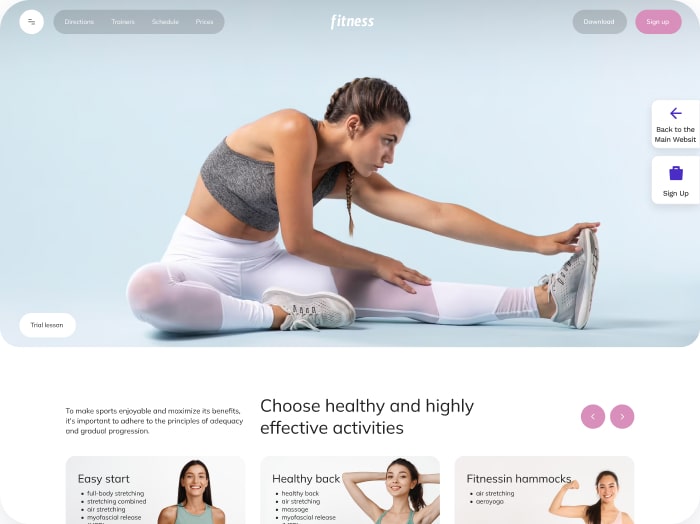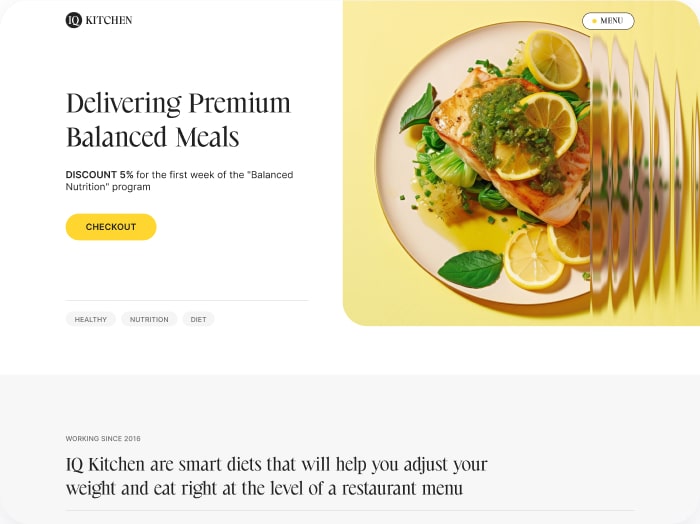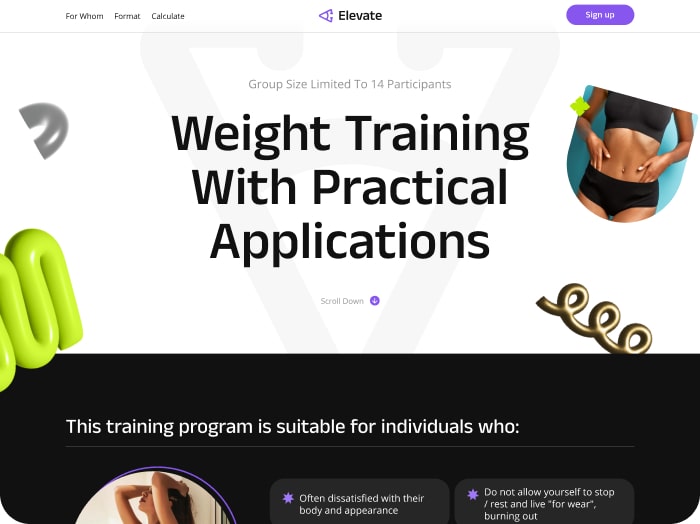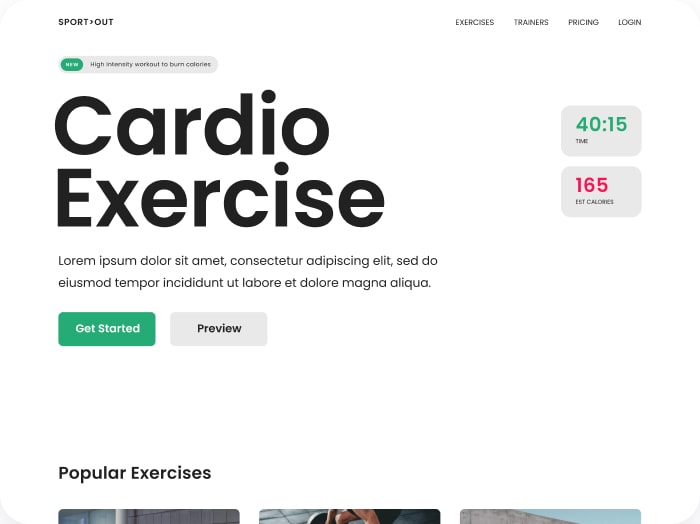How Voice Search is Revolutionizing Health Content Strategy
In today’s digital landscape, the rise of voice search technology has profoundly reshaped how health and nutrition content must be optimized to effectively reach and engage audiences. Voice assistants like Amazon Alexa, Google Assistant, and Apple Siri have made it easier for people to ask complex health questions and seek instant answers without needing to type. This shift demands a fresh approach to voice search SEO for health, focusing on natural, conversational language and user-friendly content structures.
For anyone managing health blogs, medical practice websites, or nutrition platforms, understanding how to optimize health blog posts for voice queries is no longer optional — it’s essential for maintaining visibility and relevance. To gain a competitive edge in 2025, aligning your content strategy with current health content trends driven by voice search is key.
Understanding Voice Search User Behavior in Health Queries
Traditional search queries typically involve short keyword phrases such as “flu symptoms” or “calorie calculator.” Voice search, on the other hand, tends to be more conversational and question-based. People are more likely to say:
- “What are the best foods to improve heart health?”
- “How many calories should I eat to lose weight?”
- “Find a nutrition calculator voice search tool near me”
- “What vitamins do I need as a vegetarian?”
This change means health websites must move beyond stuffing keywords and instead craft content that directly answers common user questions in a clear, natural voice.
The Importance of Long-Tail Keywords and Conversational Phrases
Optimizing for voice search involves embracing long-tail keywords — longer, more specific keyword phrases that mirror how people speak rather than type. For instance, instead of focusing solely on “nutrition calculator,” integrating queries such as “How can I use an online nutrition calculator voice search effectively?” will better capture voice traffic.
Tools like AnswerThePublic and Google Keyword Planner are invaluable for discovering these conversational phrases relevant to health and nutrition topics.
Structuring Health Content for Voice Search
For voice assistants to present your website as the answer, your content must be structured correctly. This often means:
- Using clear, concise response paragraphs beneath question-form headlines.
- Including FAQs that simulate common voice queries.
- Optimizing for featured snippets by providing direct, succinct answers.
- Incorporating local SEO elements if your content relates to clinics, dieticians, or health services.
The shift toward voice search has especially emphasized local SEO in the healthcare space. Patients frequently ask “where is the nearest nutritionist” or “recommended diet clinics near me,” making it crucial to provide accurate location and contact details to rank well in voice results.
Case Study: How a Health Blog Increased Traffic via Voice Optimization
Consider a nutrition blog that integrated voice search optimization by rewriting its content to answer questions like “What’s the best way to track calories through voice commands?” and “Can I use a nutrition calculator voice search app?” The blog added a dedicated FAQ section with clear, concise answers and marked up the content with structured data. Within six months, the blog experienced:
- 30% increase in organic traffic
- Significant growth in mobile users leveraging voice search
- Higher engagement due to quick answer snippets appearing on Google Assistant
This example highlights the tangible benefits of adapting content for voice search in health and nutrition domains.
Leveraging AI and Emerging Technologies to Enhance Voice Search SEO
Artificial intelligence is further transforming how health content is delivered and optimized. AI-driven tools now facilitate natural language processing that helps predict and tailor content for voice queries. Platforms that incorporate AI chatbots or voice-enabled apps can improve patient interaction and provide real-time assistance, forming part of a robust voice search strategy.
Additionally, integrating smart health tools such as voice-activated calorie calculators can meet consumer demand for hands-free nutrition tracking, pushing your content and service offerings in front of eager audiences.
Benefits of Voice Search Optimization in Healthcare and Nutrition
- Enhanced User Experience: Voice queries are faster and more convenient, especially for users driving, cooking, or multitasking.
- Improved Accessibility: Voice search breaks barriers for elderly or visually impaired users.
- Increased Engagement: Conversational content encourages a more natural flow of interaction with your site.
- Local Discovery: Optimized local voice SEO draws in patients or clients searching for nearby health services.
Essential Tips to Rank for Voice Queries in Health Niches
- Focus on Question-Based Content: Use “what,” “how,” “where,” and “when” questions relevant to your audience’s concerns.
- Keep Answers Brief and Clear: Voice assistants prefer short, straightforward responses rather than lengthy explanations.
- Use Natural Language: Write as if you are speaking directly to a person rather than writing for search bots.
- Optimize Site Speed and Mobile Responsiveness: Voice searches tend to be mobile, so ensure quick loading and mobile-friendly layouts.
- Integrate Structured Data (Schema Markup): Help search engines understand your content to boost featured snippet and rich result chances.
Exploring Innovative Tools for Voice-Optimized Health Content
Several advanced tools can assist creators looking to refine their voice search SEO for health efforts:
- Calorie Calculator Cloud: Offers seamless integration for voice query nutrition calculations on health sites.
- AnswerThePublic: Generates common voice search question ideas in health and nutrition.
- SEMrush: Provides insights to identify voice search keywords and competitor analysis.
- Schema.org FAQ Markup: Adds structured data that facilitates voice assistants to extract precise answers.
Investing in these resources sets a strong foundation for future-proofing health content.
Where to Learn More and Expand Your Voice Search Health Content
Stay updated with the latest trends and guides about voice search optimization in health industries via top marketing blogs and industry sites such as:
- Digital Authority’s insights on voice search medical SEO
- WhiteCoats marketing resources with voice search tips
- Simbo AI’s healthcare voice search optimization best practices
These sources dive deep into practical strategies and case studies tailored to the healthcare niche.
Final Thoughts on Voice Search Impact for Health and Nutrition Content
Optimizing for voice search in the health and nutrition sector opens new doors for audience engagement, patient accessibility, and improved search rankings. With evolving algorithms prioritizing natural language and user intent, health websites must pivot their SEO strategies to include nutrition calculator voice search integration, conversational content, and local SEO tactics.
By embracing these changes, health professionals and content creators can ensure their valuable advice and tools reach those who need them most — quickly, clearly, and naturally through voice-activated technologies.
To get started with seamless voice-compatible nutrition calculations and boost your site’s SEO, explore the Calorie Calculator Plans today and unlock new possibilities for health content that truly speaks to your audience.








